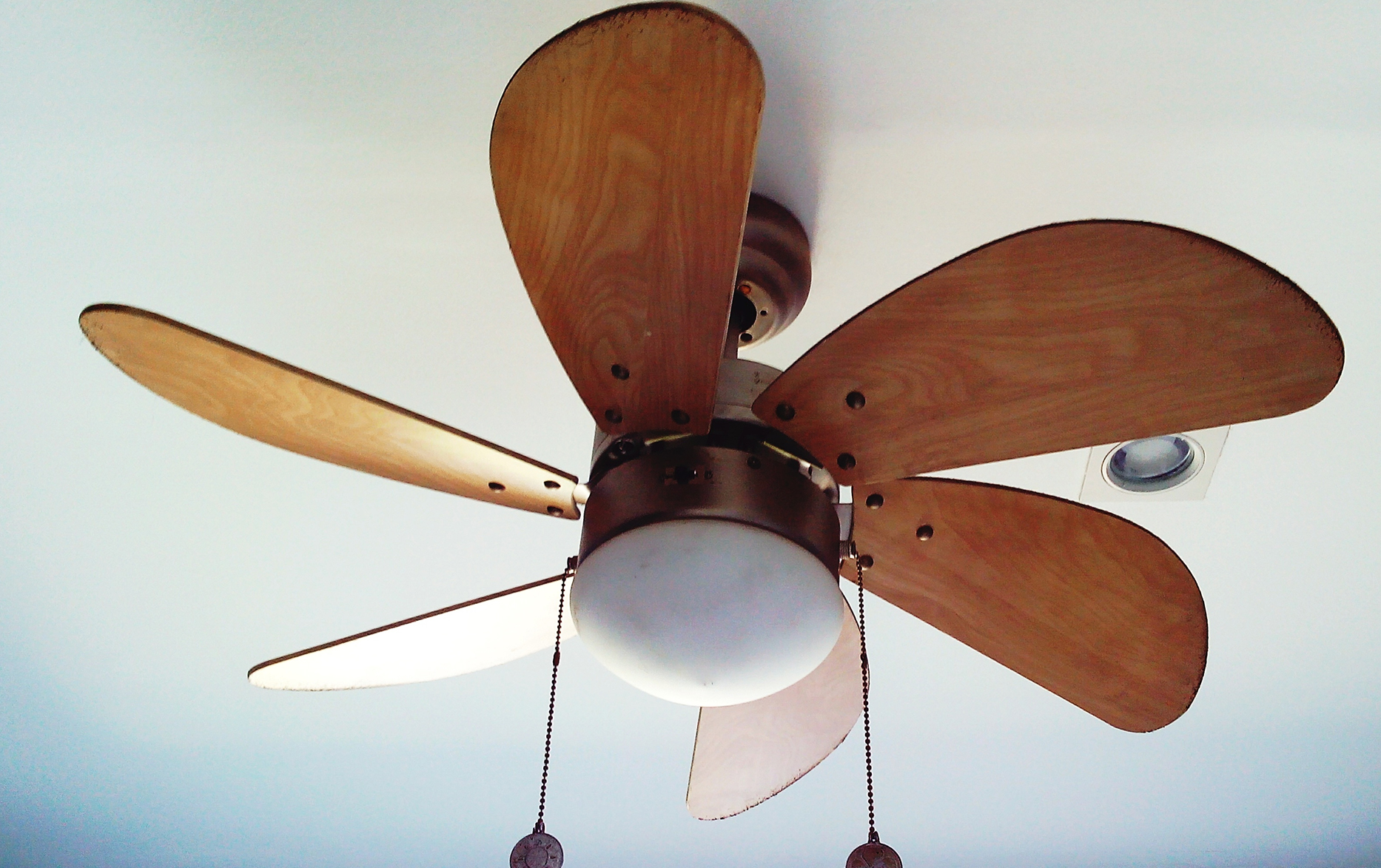

What You Need
As seasons change, you may find yourself running your ceiling fans more often to circulate air and cool off a room. The more your fans circulate, the more dust they collect, and that build up can lead to noisy operation and eventually motor damage.
A ceiling fan can also house dust mites, especially if you’ve avoided dusting it. When a fan is on, it blows dust and mites all over the room. Dust mites are the most common household allergen, and their droppings can cause coughing, sneezing, stuffy nose, congestion and eye irritation.
To keep your fans working their best, we recommend cleaning the blades weekly to freshen up the look of the room and create a more breathable living space.
Baby wipes, alcohol, alkaline cleansers and abrasive cleaners can all stain or destroy the surface of your fan blades.
Simple Green Ready-To-Use All-Purpose Cleaner easily removes built-up dirt and dust and leaves behind a light sassafras scent.
Directions:
Be sure your fan is completely turned off and at a complete stop before you begin cleaning.